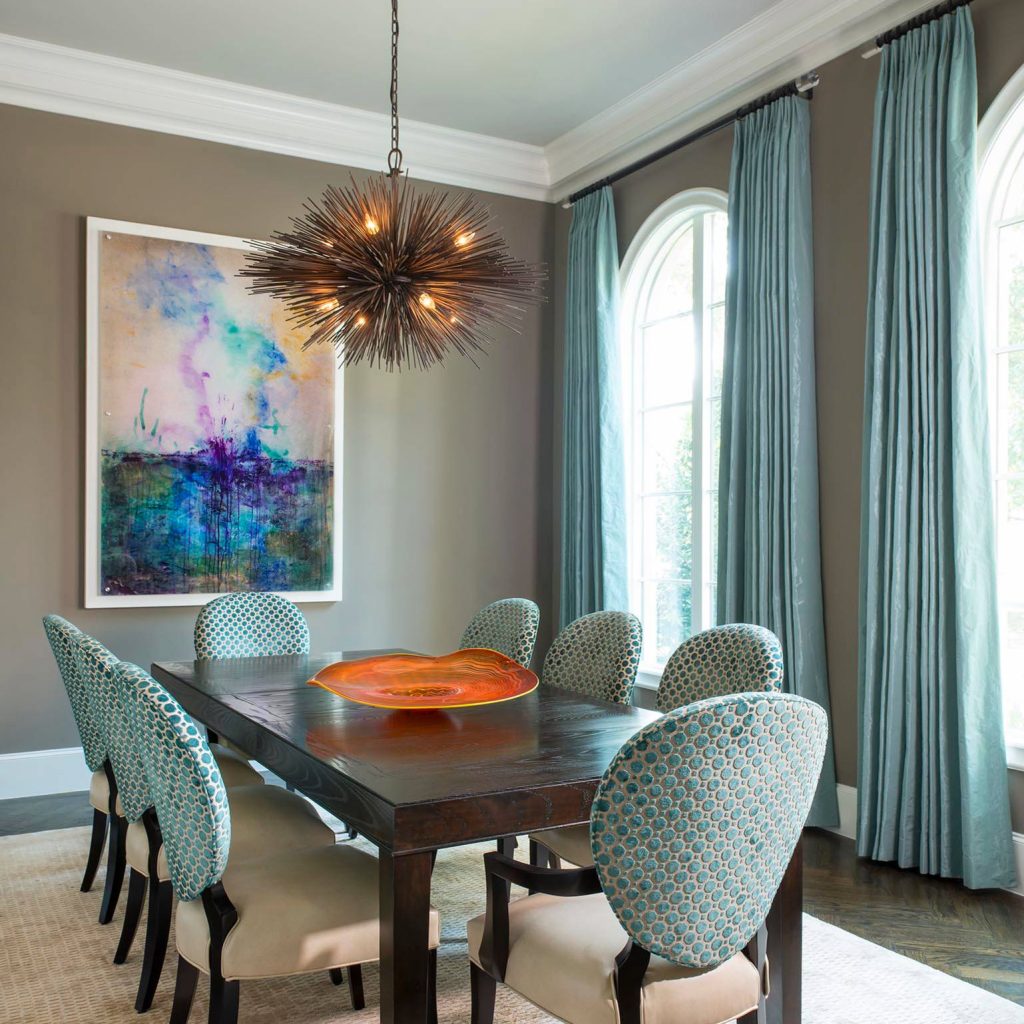The Importance of Spotlight Placement
Spotlights can be incredibly powerful tools when it comes to highlighting your space, drawing attention to key areas, and creating a specific mood or atmosphere. However, to maximize the impact of your lighting design, it’s crucial to carefully consider the placement of your spotlights.
Factors to Consider when Placing Spotlights
When it comes to spotlight placement, there are several key factors to consider. These include:
1. Purpose
Before you start placing spotlights, it’s important to consider the purpose of each light. Are you trying to highlight a specific object or area? Create a certain mood or ambiance? Enhance the overall lighting in a room? By determining the purpose of each spotlight, you can better determine the ideal placement.
2. Height and Angle
The height and angle of your spotlights can greatly impact their effectiveness. For example, if you want to highlight a piece of art on a wall, placing a spotlight directly above it can create harsh shadows and distort the image. Instead, a spotlight at a slight angle and from a lower height can create a more natural and flattering effect.
3. Proximity to Other Lights
Spotlights should work in harmony with other types of lighting in your space. When placing spotlights, consider the proximity of other lights and how they can work together to create a cohesive and balanced lighting design.
4. Space and Layout
The space and layout of your room will also impact the placement of your spotlights. A large room with high ceilings may require more spotlights to effectively highlight key areas, while a smaller room may only need a few well-placed spotlights.
Tips for Effective Spotlight Placement
Now that you understand the important factors to consider when placing spotlights, here are some tips for maximizing their effectiveness:
1. Use Different Types of Spotlights
Different types of spotlights can create different effects. For example, a narrow-focus spotlight can create a dramatic effect on a specific object, while a wider-focus spotlight can create a softer, more diffuse light across a larger area. Experiment with different types of spotlight fixtures to find the ideal combination for your space.
2. Don’t Overdo It
While spotlights can be incredibly effective, it’s important not to overdo it. Too many spotlights in one area can create a cluttered and chaotic effect, while too few spotlights can lead to areas of shadow and uneven lighting. Strike a balance between too many and too few spotlights to achieve a balanced and effective lighting design.
3. Consider Dimmers
Dimmer switches can be incredibly useful when it comes to spotlight placement. Instead of relying on a fixed amount of light output, dimmers allow you to adjust the intensity of your spotlights as needed. This can create a more dynamic and flexible lighting design.


